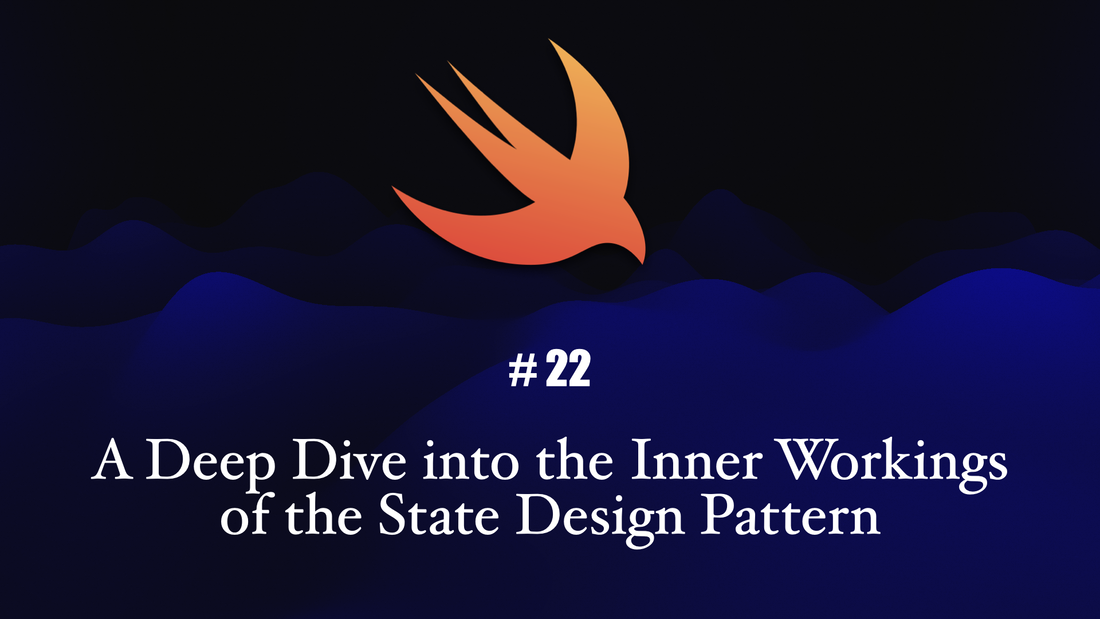In Swift, the State Design Pattern can be implemented by defining a protocol that represents the different states that an object can have. This protocol should define the methods that the object will use to change its behavior based on its internal state.
The class should also have a method that allows us to change its state. This method should take an instance of the state protocol as an argument, and it should use this instance to set the value of the state property.
Each state class should implement the methods defined in the state protocol in a way that changes the behavior of the object based on its current state. For example, if our object is a button, the "enabled" state class might implement the "onClick" method to trigger an action when the button is clicked, while the "disabled" state class might implement the "onClick" method to do nothing.
To change the state of our object, we can simply call the state-changing method on our object and pass in an instance of the appropriate state class. For example, if we want to change the state of our button from "enabled" to "disabled", we can call the state-changing method on our button object and pass in an instance of the "disabled" state class.


